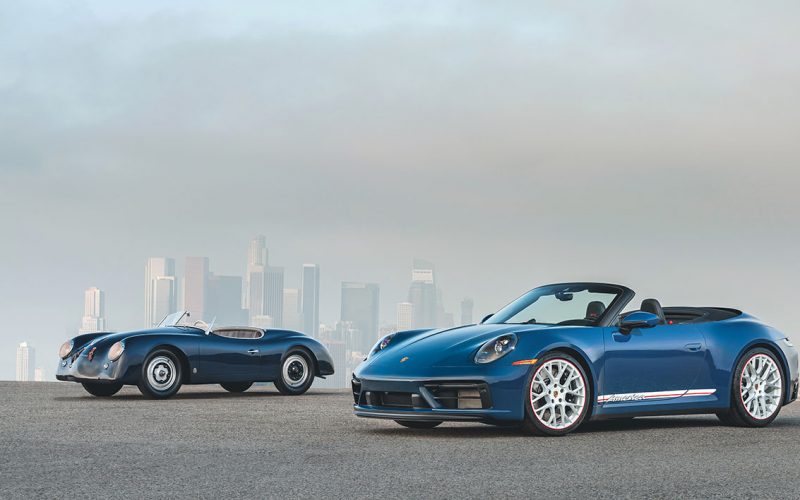
Reading Time: 5 minutesOnly slightly ahead of the U.S.’ annual of 4th July 4th celebrations (not to mention our

Reading Time: 17 minutesIf I loved Toyota’s Highlander Hybrid any more, it would be a Hyundai Palisade hybrid. I
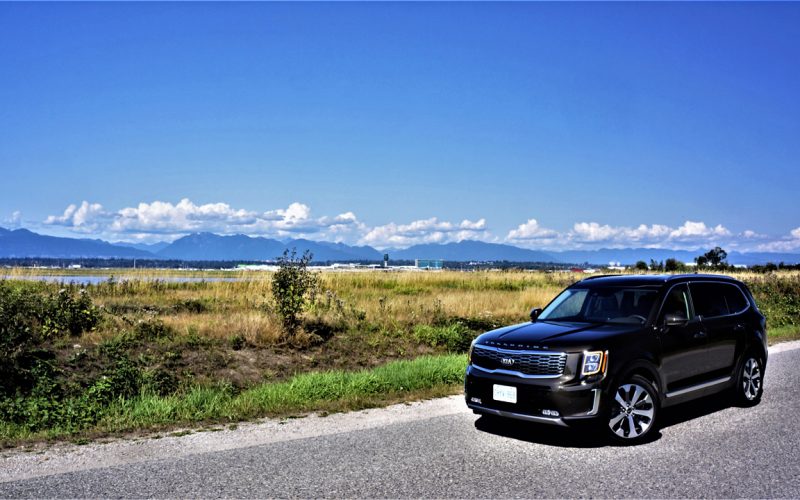
Reading Time: 14 minutesComparisons between Kia’s Telluride and Hyundai’s Palisade are starting to sound a lot like folks my
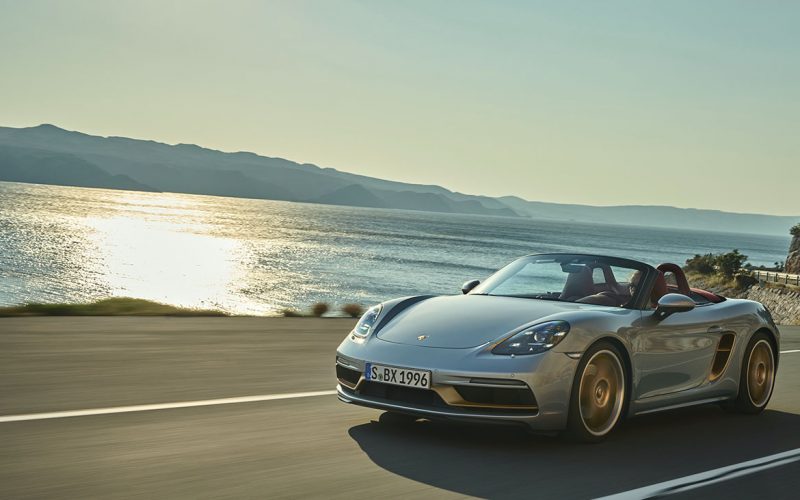
Reading Time: 5 minutesFew sports car concepts excited the motoring masses like the original Porsche Boxster prototype did when
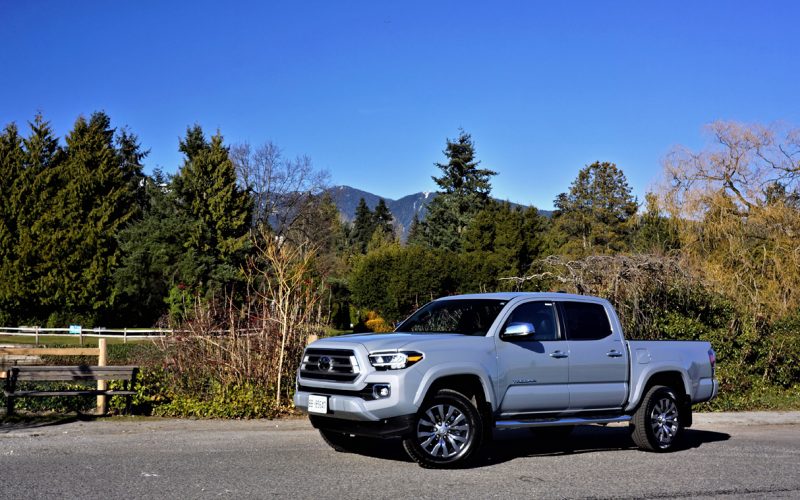
Reading Time: 12 minutesTo say that Toyota’s Tacoma is merely king of the mid-size pickup truck hill is a
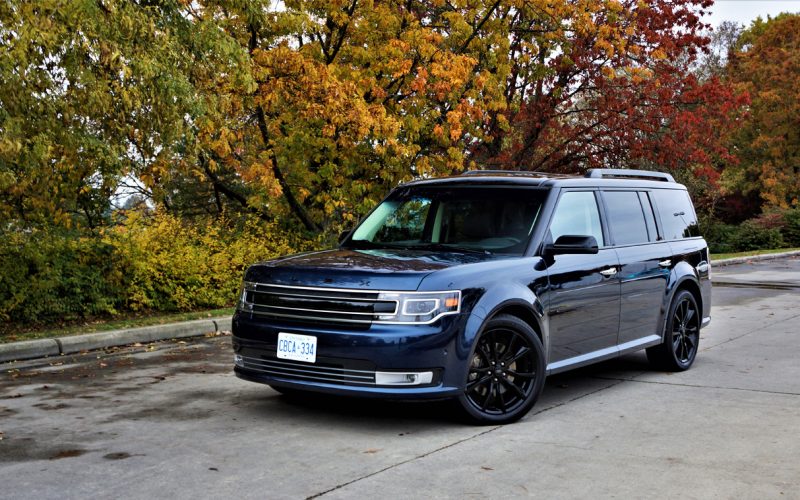
Reading Time: 13 minutesFYI, there are fewer new Ford Flex SUVs still available for sale than I had initially
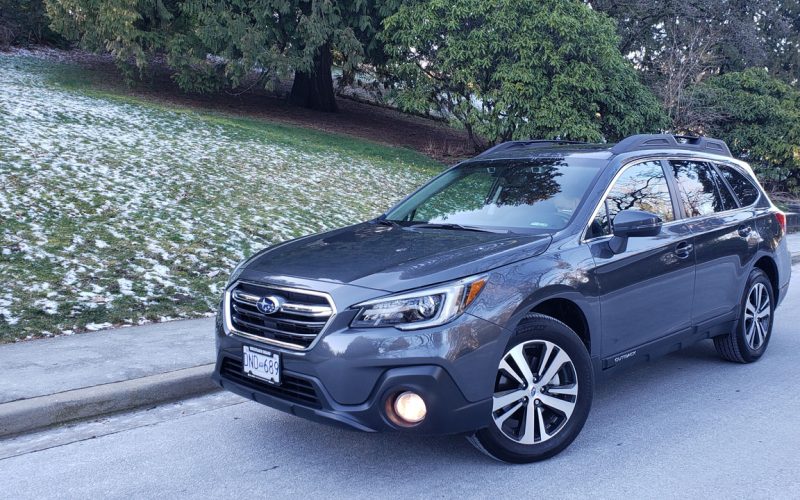
Reading Time: 13 minutesThe Outback has long been my favourite family-oriented Subaru, unless you consider the four-door WRX STI
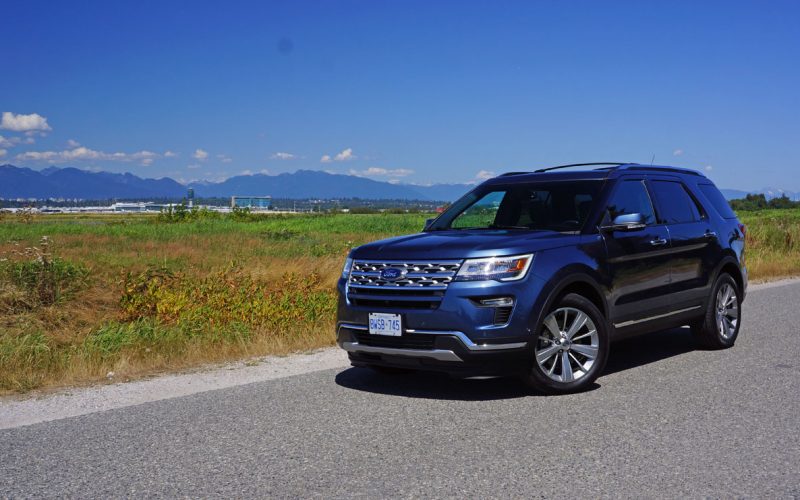
Reading Time: 12 minutesIf you like the current Ford Explorer, or more accurately the outgoing Explorer, now is the
© 2025 The Car Magazine. All Rights Reserved, Privacy Policy | Terms of Use